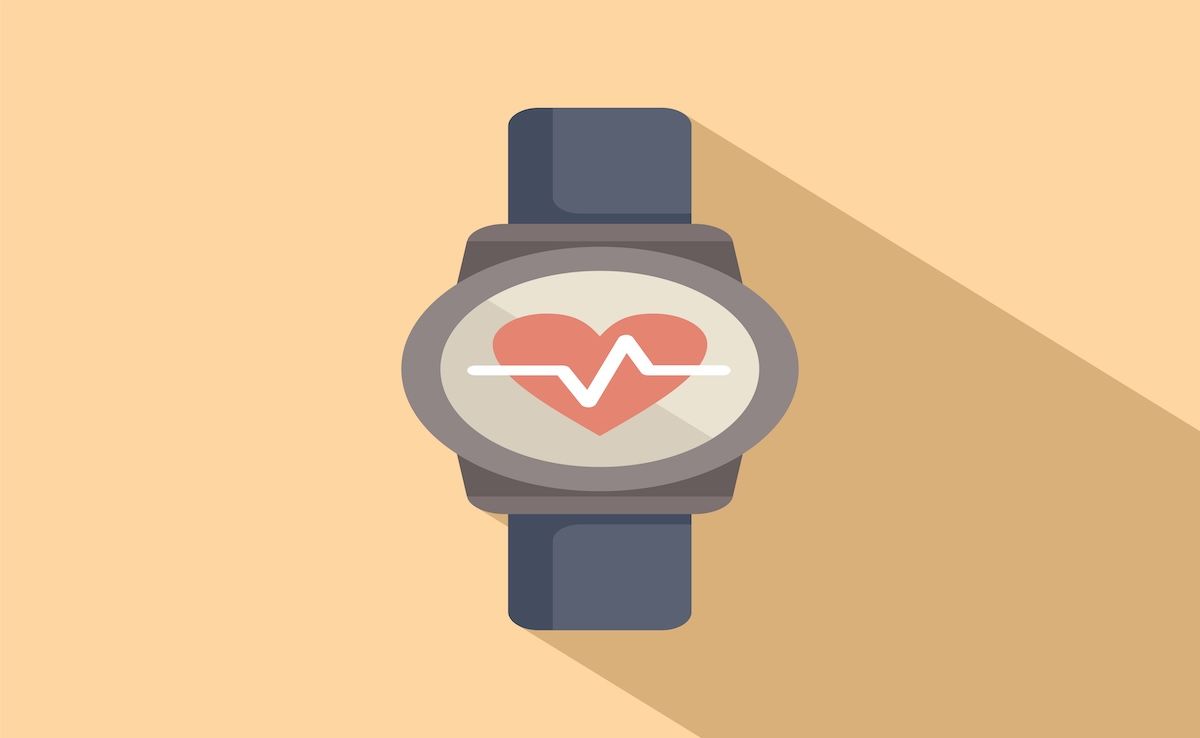Article
The Quantified Healthy Self
Author(s):
A new trend in healthcare allows individuals to continuously measure various data points-from steps to sleep patterns-and have access to that information at their fingertips.
Information is power, so the saying goes. But that doesn’t quite tell the whole story. After all, if you can’t access the information, you can’t use it to your benefit. Such is the idea behind “The Quantified Self.” This trend in healthcare allows individuals to continuously measure various data points—from steps to sleep patterns—and have access to that information at their fingertips.
And why not? We are already a data-driven society, measuring sales, costs, risk, time, sports statistics, and much more. Data analytics has become a multi-billion dollar industry with CEOs and organizational leaders using that data to make strategic decisions. Now quantifying and measuring personal data gives individuals the power to make their own health decisions to impact their well-being and the larger healthcare system.
Rapid advancements in technology have allowed us to measure more than ever. In 2016, several technology companies introduced devices to continuously monitor blood pressure. A new blood sugar monitoring system can help patients with diabetes track their glucose levels. Researchers are developing wearable technology capturing various health metrics in an effort to predict and prevent asthma attacks. Valuable information that previously required a trip to a clinician’s office can be captured from a small device wherever you may be. More importantly, wearable technology provides patients continuous data streams, whereas a trip to a clinician’s office can only capture a health metric for a single moment in time.
The desire to capture personal health metrics has the potential to impact the healthcare system as a whole. The Institute for Healthcare Improvement designed the triple aim—a framework to optimize health systems’ performance. Launched in 2007, the triple aim seeks to achieve the following:
- Improve the patient experience of care
- Improve the health of populations
- Reduce the cost per capita of healthcare
Let’s take a look at how each of these objectives can be impacted by the quantified healthy self.
According to a 2013 Consumer Reports health survey, “test results not being communicated fast” ranked as one of the biggest frustrations patients have with the healthcare system. When patients have the tools and technology to monitor their health data whenever and wherever they want, they no longer have to wait on clinicians or labs to know their numbers. Immediate access to health data improves the overall patient experience.
The financial and human costs of chronic diseases are well-established. About half of all adults have 1 or more chronic conditions, which account for 7 of the top 10 causes of death in the United States. People with 1 or more chronic illness account for 86% of all healthcare spending. Many of these chronic diseases (heart disease, stroke, cancer, diabetes) share the same risk factors (high blood pressure, physical inactivity, high cholesterol). When patients can collect real-time data, that information can guide and influence their daily behaviors—which can improve population health and save the system money. This approach can be especially impactful for older populations who may suffer from more chronic diseases and struggle to keep doctors’ appointments. Wearable devices that can track health metrics and transmit them to clinicians could drive the triple aim for those seniors.
Of course, the Quantified Self approach comes with a downside. With technology advancements sparking new wearable products available, literally, from cradle to grave, consumers are barraged with an overabundance of “must-have” devices. And the endless stream of health information may create unnecessary worry about your health when there is no reason for concern. Still, information—and access to it—is a power many patients seem to enjoy. As technology advances, it’s a power that will continue to grow.





